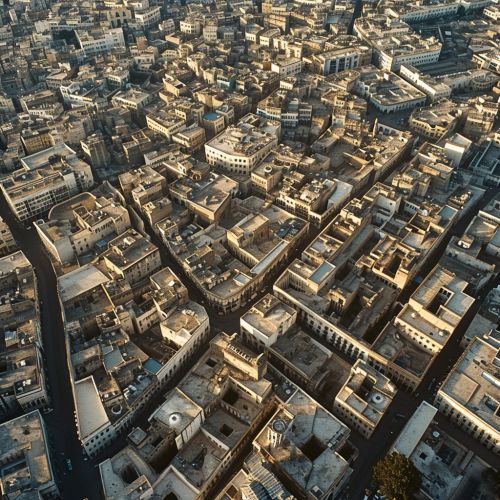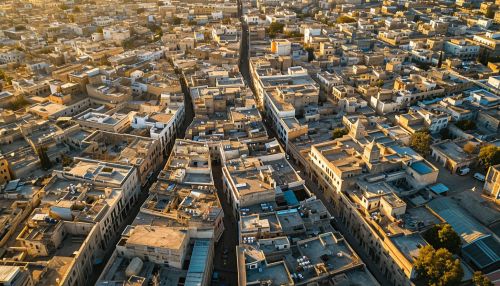Medina of Tunis
Overview
The Medina of Tunis is a UNESCO World Heritage Site located in the city of Tunis, the capital of Tunisia. It is one of the first Arabo-Muslim towns of the Maghreb, dating back to the 7th century. The medina contains some 700 monuments, including palaces, mosques, mausoleums, madrasas and fountains, reflecting the city's historical evolution from the 7th to the 20th century.


History
The establishment of the Medina of Tunis at the end of the 7th century marked the spread of Islam in North Africa. The city was initially a military encampment, but quickly grew into a thriving urban center. The medina's development was influenced by various civilizations, including the Andalusians, Ottomans, and the French, who each left their mark on its architectural and urban fabric.
Architecture
The architecture of the Medina of Tunis is a reflection of the city's rich history and cultural diversity. The medina's urban fabric is characterized by a dense network of narrow streets, alleyways and squares, interspersed with historic buildings such as mosques, madrasas, and palaces. The buildings are notable for their intricate decoration, including stucco work, woodwork, and ceramic tile.
Notable Monuments
Among the numerous historic monuments in the Medina of Tunis, some of the most notable include the Great Mosque of Zitouna, the Dar Othman palace, and the Maqam Echahid mausoleum. These monuments showcase the architectural styles and decorative techniques that were prevalent in different periods of the city's history.
Cultural Significance
The Medina of Tunis is not just a historical site, but also a living cultural space. It is home to traditional crafts, markets, and festivals that are integral to the local culture. The medina also plays a significant role in the religious and social life of the city, with numerous mosques and zawiyas serving as centers of Islamic learning and spirituality.
Conservation Efforts
The Medina of Tunis has been a UNESCO World Heritage Site since 1979. Efforts to conserve and restore the medina's historic buildings and urban fabric are ongoing. These efforts are guided by principles of authenticity and respect for the site's historical and cultural value.
